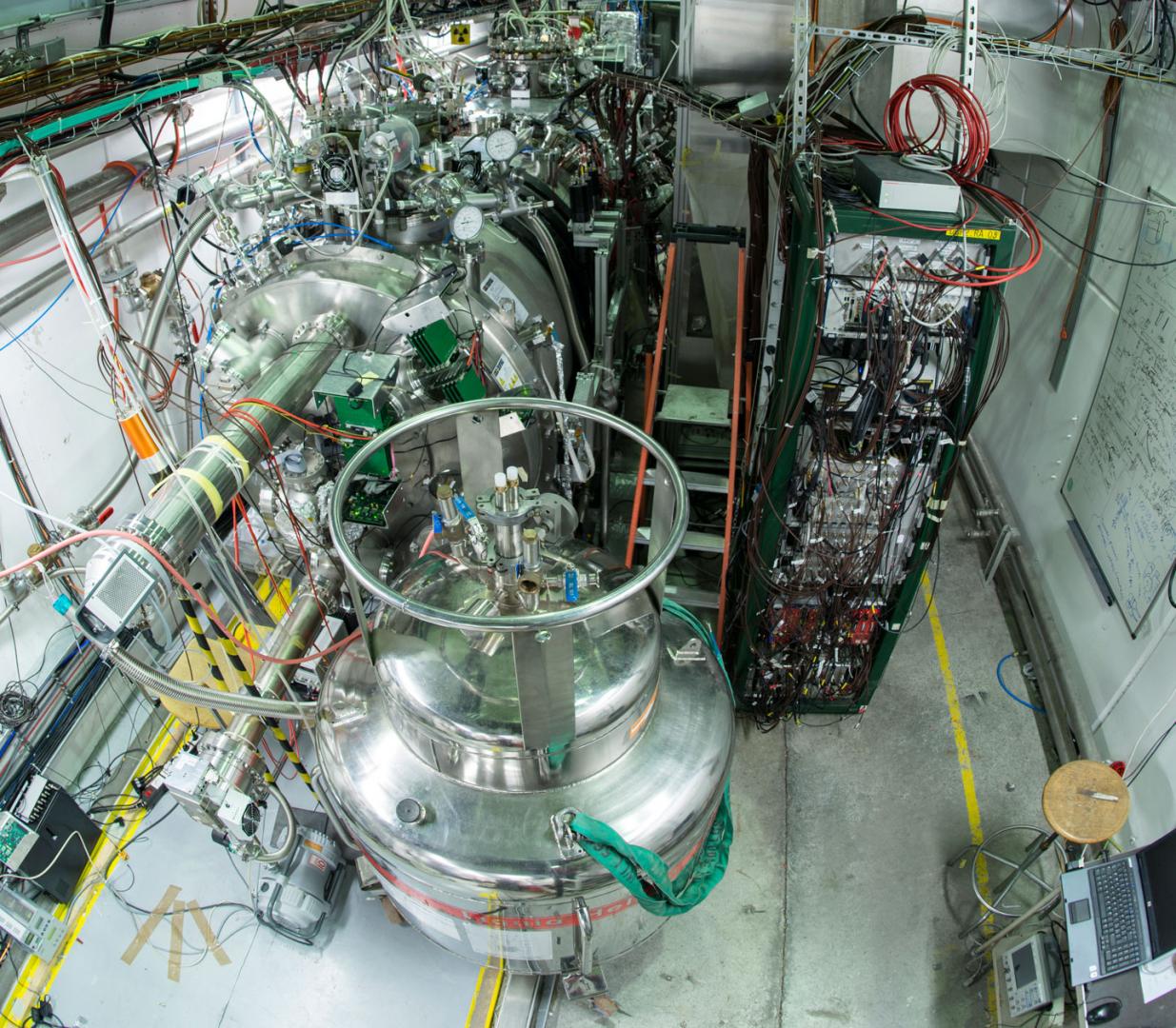A longer version of this article first appeared in UK news from CERN [PDF]
Imagine being able to 'inflate' an atom with a laser, then slow it down, catch it or bend it around corners. At the AEgIS experiment at the Antiproton Decelerator, Stephen Hogan of University College London and an international team of collaborators are trying to do just that.
AEgIS is designed to test whether antimatter complies with the weak equivalence principle (WEP), a mathematical concept that states that the acceleration experienced by a particle in a gravitational field is independent of its mass and composition. The principle has been tested with very high precision for matter, but never for antimatter. If results from AEgIS show that the gravitational acceleration of antimatter in the Earth’s gravitational field is different to that of matter, this could provide clues to why our universe is now dominated by matter, even though matter and antimatter were created in equal amounts during the big bang.
So far, Hogan has worked with matter. “We use lasers at precisely defined wavelengths to stimulate atoms to highly excited ‘Rydberg’ states where the electron charge is ‘spread’ out around the atom,” says Hogan, “Enrico Fermi called atoms in these states ‘fat atoms’.”
All atoms and molecules possess Rydberg states with similar general properties; their sensitivity to electric fields means that they can be manipulated using appropriately designed electric field distributions. Hogan can decelerate and trap atoms and molecules for applications such as cold chemistry and quantum information processing.
Working with antimatter is a little different, says Hogan, “In the AEgIS experiment, antihydrogen atoms are produced by combining antiprotons and positrons. As a result of the formation process, the antihydrogen is produced in Rydberg states – the antihydrogen atoms are ‘fat antiatoms’," he says. " "Unlike my experiments on matter, the antihydrogen atoms are formed with very low velocities so we will use our techniques to accelerate them; to transport them and make beams with very well defined characteristics.”
AEgIS will accelerate antihydrogen atoms in excited states to precisely defined velocities to study the internal structure of antiatoms and measure the acceleration of antimatter in the Earth’s gravitational field.
“We know that in our observable universe there is an asymmetry between matter and antimatter, but there is no consensus among the theorists as to why this is," says Hogan. "If gravity is different for antimatter, this might give us a clue. The results of our experiment will help guide us toward an appropriate theory.”

